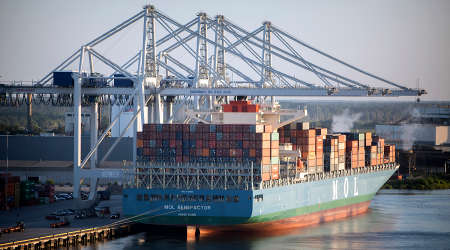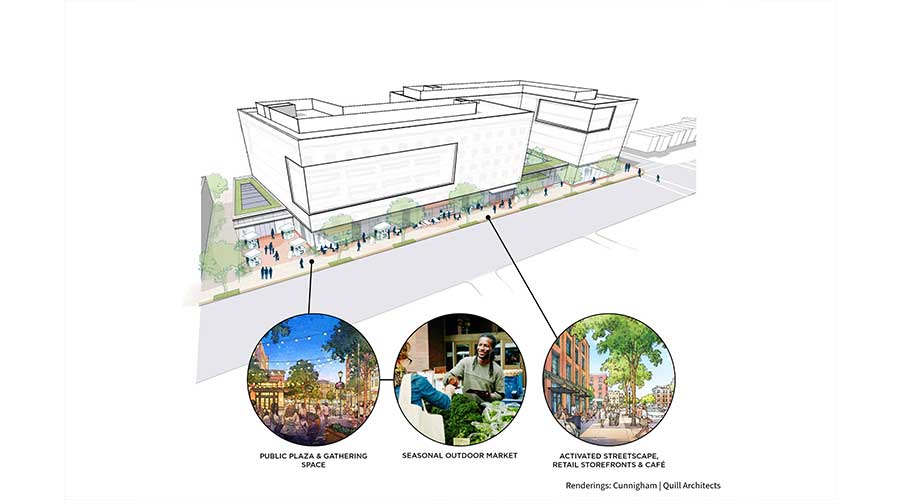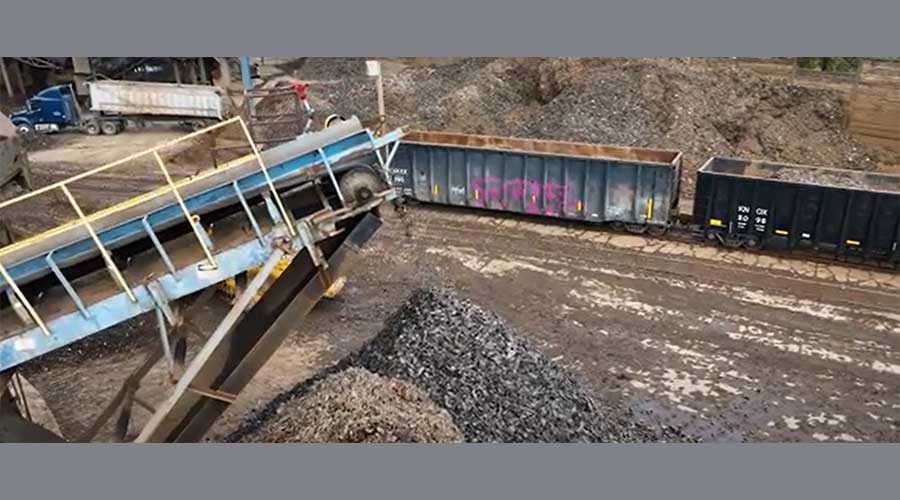Stay updated on news, articles and information for the rail industry
3/12/2018
Rail News: Intermodal
NRF: Port traffic likely to dip in March

The nation's major retail container ports handled 1.73 million 20-foot-equivalent units (TEU) in January, a 0.2 percent increase from December and 1.8 percent increase from January 2017, according to the National Retail Federation (NRF).
February's numbers are estimated at 1.66 million TEU, up 13.7 percent year over year. However, March is forecast at 1.53 million TEU, down 1.8 percent from the same month last year.
NRF tracks port traffic using the Global Port Tracker, which is produced for the association by the consulting firm Hackett Associates.
Imports are expected to dip slightly this month as a result of annual Asian factory shutdowns for Lunar New Year. However, new tariffs on steel and aluminum — announced last week by the Trump administration — along with other tariffs could eventually have an impact on the ports, NRF officials said in a press release.
"A potential trade war would have a negative impact on cargo growth to the detriment of both the consumer and U.S. industry," Hackett Associates Founder Ben Hackett said. "The likelihood of an increase in exports evaporates as well, killing off any chance for an improvement in the balance of trade."
Port traffic in the first half of 2018 is expected to total 10.2 million TEU, an increase of 4.1 percent over the first half of 2017. The total for 2017 was 20.5 million TEU, up 7.6 percent from 2016's previous record of 19.1 million TEU.
The Global Port Tracker covers the U.S. ports of Los Angeles and Long Beach, Oakland, Seattle and Tacoma on the West Coast; New York and New Jersey, Port of Virginia, Charleston, Savannah, Port Everglades, Miami and Jacksonville on the East Coast; and Houston on the Gulf Coast.


 2025 MOW Spending Report: Passenger-rail programs
2025 MOW Spending Report: Passenger-rail programs
 Gardner steps down as Amtrak CEO
Gardner steps down as Amtrak CEO
 Guest comment: Oliver Wyman’s David Hunt
Guest comment: Oliver Wyman’s David Hunt
 Women of Influence in Rail eBook
Women of Influence in Rail eBook
 railPrime
railPrime







